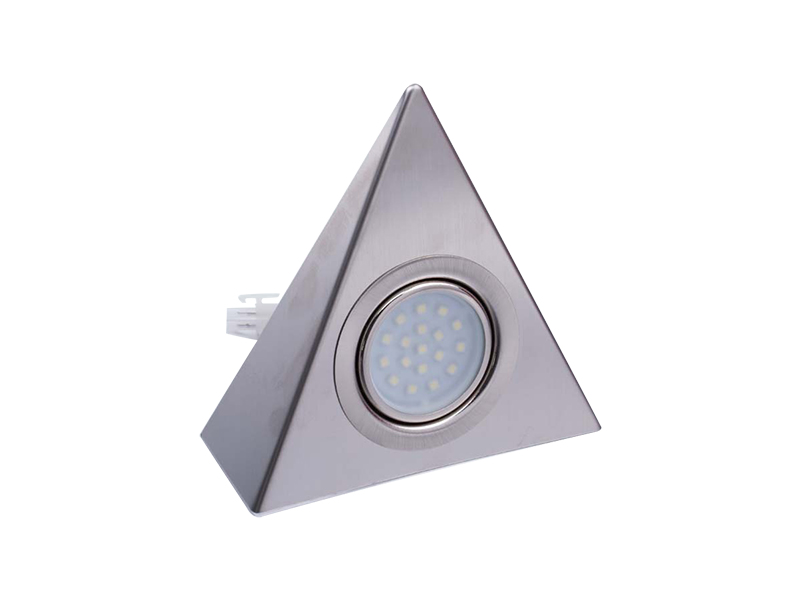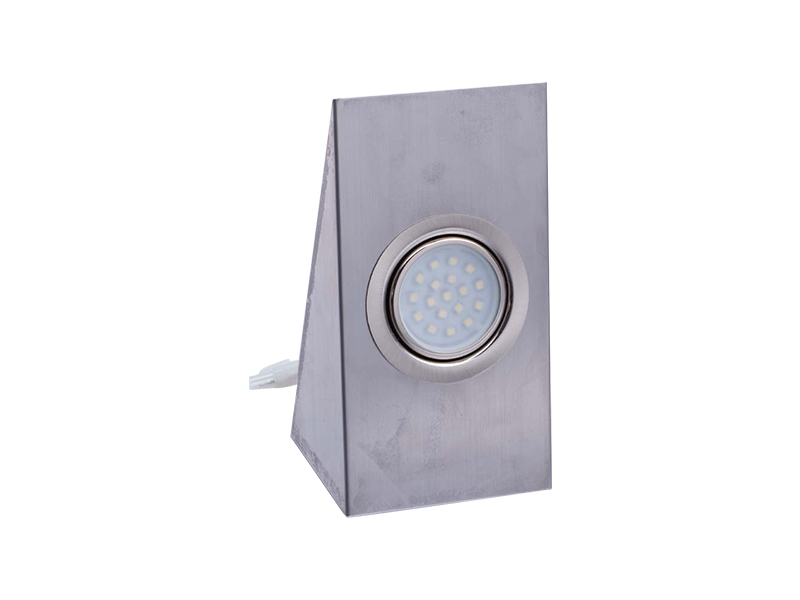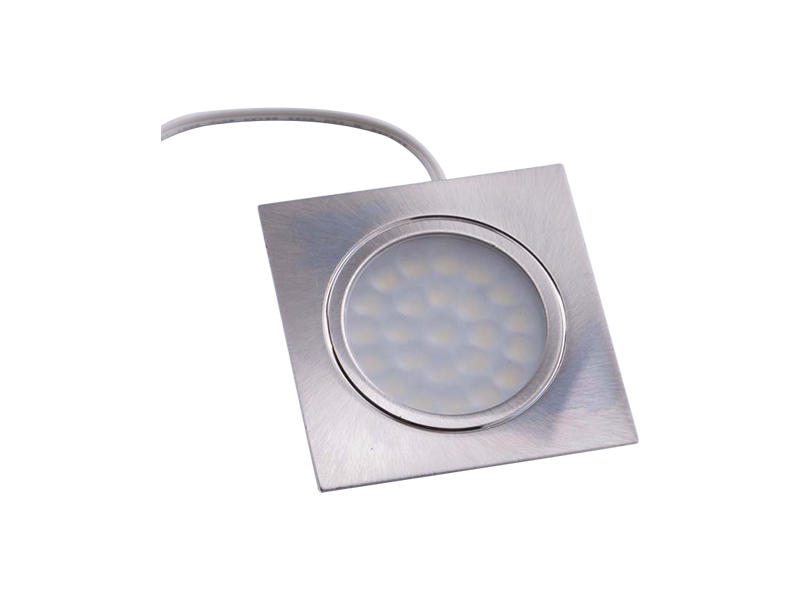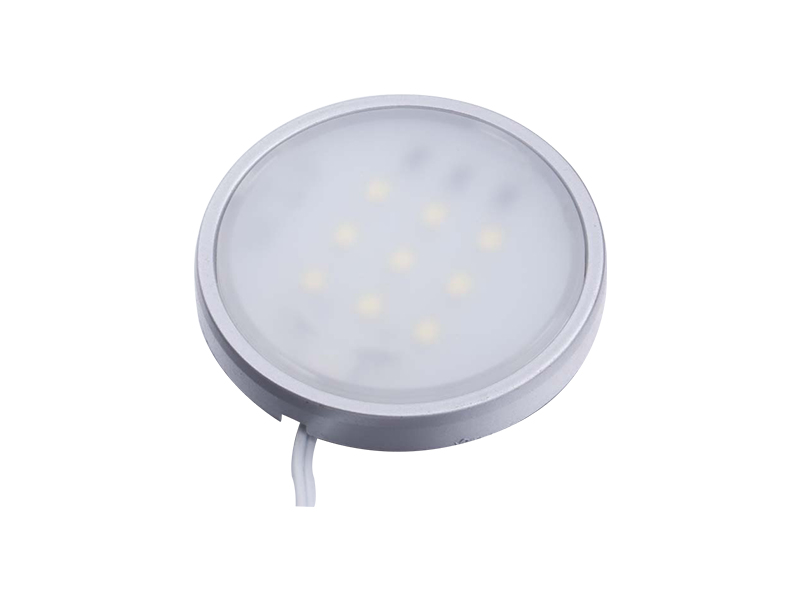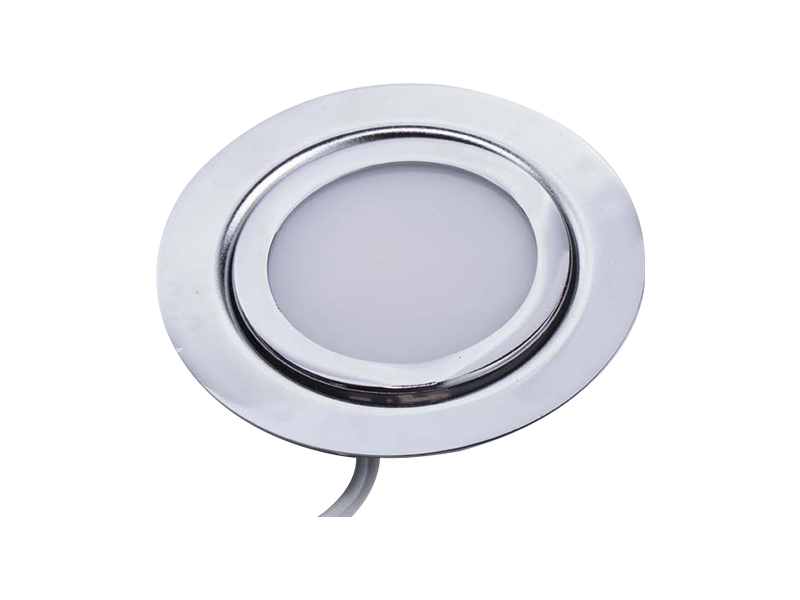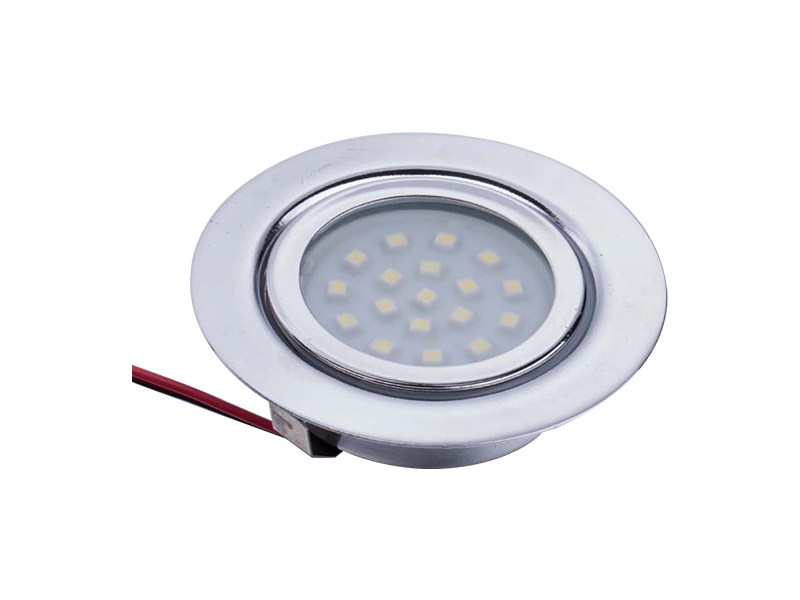-

E-mail:[email protected]
-

Telphone:+86-574-88073028
-

FAX:+86-574-88073029
QR code on
mobile phone
Welcome to Eastkey!
Welcome to Dongke!
LED mirror lights are widely used in indoor scenes such as bathrooms and dressing rooms. They not only play a lighting role, but also affect the overall beauty and ease of use of the space. In addition to the light source itself, the material also plays an important role in heat dissipation and service life.
The impact of different materials on heat dissipation performance
LED lamps generate heat when working. Although the heat generated by LEDs is not as high as traditional light sources, if the heat is not dissipated in time, it will still accelerate the aging of the light source and affect the service life. At this time, the thermal conductivity of the shell material becomes the key.
At present, the common materials for the shell of LED mirror lights mainly include aluminum alloy, stainless steel, plastic and composite materials. Aluminum alloy is widely used in mid-to-high-end products due to its good thermal conductivity. It can quickly conduct the heat generated by the LED chip, reduce the internal temperature, and help maintain the stability of the lamp body.
Although stainless steel is strong and durable, its thermal conductivity is not as good as aluminum, so additional optimization is required in the heat dissipation design, such as adding heat dissipation fins or leaving enough ventilation space. Plastic materials are more suitable for low-power products with strong decorative appearance but low heat dissipation requirements. They have poor thermal conductivity and are prone to local overheating problems after long-term use.
The impact of materials on durability
In addition to heat dissipation, the material also directly determines the structural strength, corrosion resistance and aging resistance of LED mirror headlights. Especially in humid environments such as bathrooms, corrosion resistance and moisture resistance are particularly important.
Aluminum alloy materials are relatively stable in terms of oxidation resistance and moisture resistance. The surface is often anodized or sprayed to enhance the protective layer, which can resist long-term water vapor erosion. Stainless steel is suitable for areas that are in a humid environment for a long time due to its good corrosion resistance. At the same time, it has a certain impact resistance and can extend the overall life of the lamp without severe deformation.
Although plastic materials have certain advantages in weight and cost, they are prone to deformation, cracking or aging under high temperature, humidity or long-term use. Therefore, it is suitable for occasions where structural strength and environmental adaptability are not required, or it only exists as a decorative cover.
The relationship between material selection and lamp structure design
In the design process, LED mirror lights usually rely on more than one material, but a combination of multiple materials. For example, some products use aluminum as the main internal structure to achieve good heat dissipation, and use plastic or acrylic as the lampshade to enhance the aesthetics and soft light effect. Such a design takes into account both functional and visual needs.
In the structural design of mirror lights, the rigidity and processing method of the material also affect the stability of the installation. For example, metal materials are more suitable for screw-fixed installation, and the structure is more solid; while some lightweight plastic lamp bodies are more suitable for pasting or snap-on installation, which is easy to disassemble and assemble, but the durability may be slightly lower.
The impact of usage scenarios on material selection
The choice of materials also needs to be combined with the actual use environment. If the mirror light is installed above the bathroom mirror, it is necessary to give priority to waterproof, moisture-proof and corrosion-resistant properties. It is recommended to choose an aluminum alloy or stainless steel shell. If the usage scenario is a bedroom dressing table, the environment is relatively dry, and a relatively lightweight plastic structure can be selected to meet the basic use functions while controlling costs.
In high-frequency usage scenarios such as public places or hotels, the impact resistance and maintenance convenience of the material also need to be considered. Metal materials are more suitable for this type of high-frequency operating environment, reducing losses and subsequent maintenance frequency.
top
E-mail:[email protected]
Telphone:+86-574-88073028
FAX:+86-574-88073029
